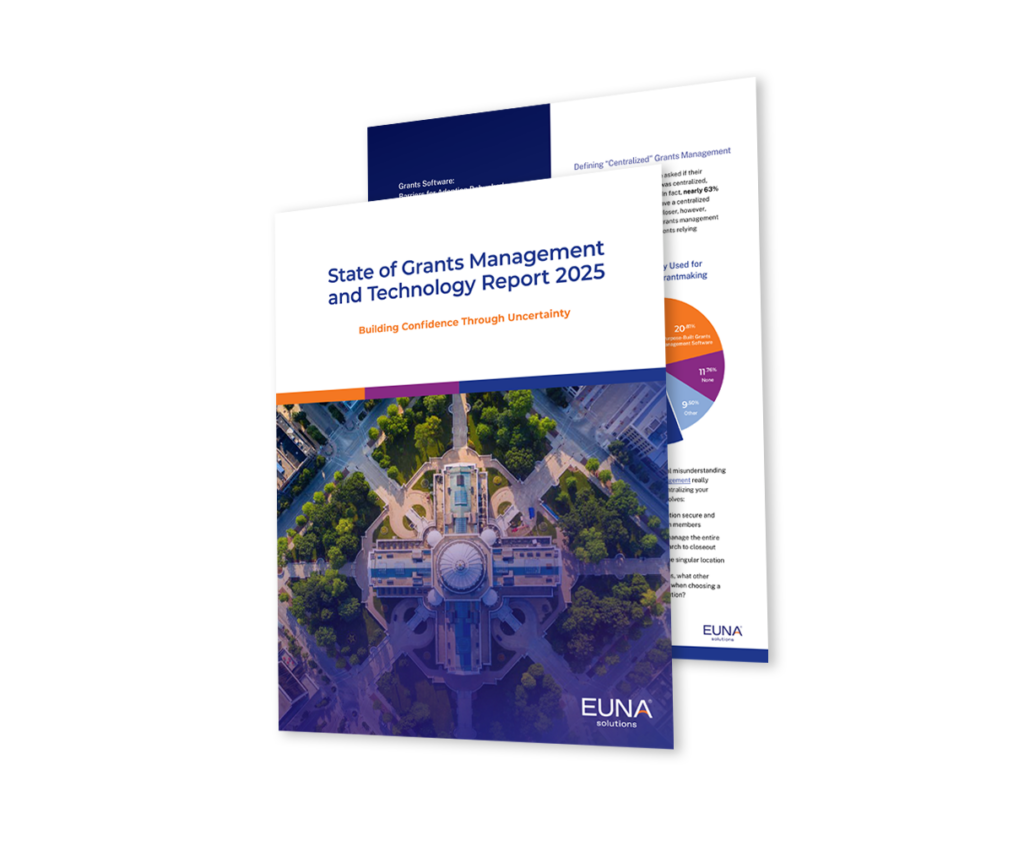Assessments are a foundational part of special education. They help special education teachers and administrators identify a student’s strengths and weaknesses, determine their eligibility for special education services, and develop individualized educational plans (IEPs) to support their learning. However, conducting assessments in special education can be complex and challenging.
In this guide, we’ll walk through steps needed to conduct an assessment in special education. By following these 5 steps, you can be sure your assessments are accurate, comprehensive, and beneficial for your students so that they can excel in an appropriate educational program. Let’s dive in!
Step 1: Understanding the Purpose of the Special Education Assessment
Before starting any assessment, it’s important to understand the legal requirements involved in special education assessments. That’s where the Individuals with Disabilities Education Act (IDEA) comes in—it lays out all the guidelines and procedures that must be followed for students with disabilities, including conducting assessments.
Under IDEA, assessments must be fair and unbiased. Consider a student’s native language, cultural background, and any potential physical or developmental challenges that may affect their ability to participate in the assessment process.
In addition, guardians play a crucial role in the assessment process. They have to give informed written permission before assessments can take place and have the right to review and challenge the results if they don’t agree with them—allowing them to stay as involved in their child’s education and related services as possible.
Remember, the end goal of an assessment is to get students extra educational assistance if they need it.
Step 2: Gathering Information and Data Collection
Gathering data gives all the evidence you need to make informed decisions about disability related educational needs. Educators have many ways of gathering this information, including observation, interviews, and standardized tests.
Though a child’s initial evaluation may be a single assessment, it’s important to remember you have a variety of methods to understand your student’s abilities and needs:
- Observe your student in different settings.
- Talk with guardians about behavior both in and out of school.
- Vary your assessment types.
- Consider cultural and linguistic diversity when choosing assessment strategies.
The final pre-assessment step you should take is identifying a baseline of the student’s current skills and abilities. This involves gathering information from different sources, like teachers, parents, previous assessments, and academic records.
By finding that baseline, educators get a better understanding of the student’s strengths, weaknesses, and areas for growth. This information helps guide the assessment process and tailors it to meet the individual needs of the student.
Step 3: Analyzing Data and Identifying Patterns
The process doesn’t stop at collecting data—you have to analyze it too. Data analysis involves examining both qualitative and quantitative data:
- Qualitative data—observations, interviews, and open-ended questions.
- Quantitative data—numerical information gathered from standardized tests or checklists.
For example, if a student consistently struggles with reading comprehension across different assessments, they may need specialized instruction for reading.
By looking for patterns and trends in data, educators can make guided decisions to develop intervention plans, accommodations, or special education services for the student.
Step 4: Making Recommendations Based on Assessment Results
As we said before, educators make the best recommendations when it’s based on data and analysis. This process will look different for every student and situation. Where one student may need different seating to resolve barriers, another student may need to spend part of their day in a special education classroom.
Note: Making recommendations is another step that’s crucial to involve guardians in. Collaboration and communication will result in the most effective educational plan that meets the student’s unique needs.
Step 5: Monitoring Progress and Reassessing as Needed
Ongoing assessment and progress monitoring are key contributors to a child’s educational success. As educators track student growth, they can make any necessary adjustments to their educational placement or plan. Once a student has tried out new strategies, educators might find that the plan is ineffective or needs adjusting–and that’s ok. That’s the point of ongoing progress monitoring.
Likewise, if significant changes are noted in the student’s abilities or needs, reassessment may be necessary to ensure their educational plan appropriately meets their current needs.
We know it’s difficult to manually track your students’ progress—that’s where purpose-built tech comes into play. Through digital progress monitoring, you can easily enter data on a student and see instant results displayed on a graph. This tech allows you to compare existing evaluation data, past data, and forecasted trends so that you can make interventions as early as possible.
Assessments are More Than Just Numbers
The most important thing to remember is that the assessments you’re conducting are more than just numbers–they’re the foundation for a student’s future.
By following the steps we gave, you can gather valuable information, analyze data, and make recommendations to help your students achieve the best possible outcomes. Coupled with ongoing assessment and progress monitoring, your students are sure to receive an education that appropriately challenges them and fosters growth.
So, let’s continue to prioritize this important aspect of special education and work towards creating equitable opportunities for all learners.
Manage Special Education from Referral Through Dismissal with Euna Special Education
We know you’re more overwhelmed than ever trying to keep up with assessments, IEPs, progress monitoring, and more. That’s why we’ve created a fully functional solution that allows you to manage all your processes in one easy-to-use place.
Request a demo today to learn how you can save time and resources—all while keeping your staff satisfied!

